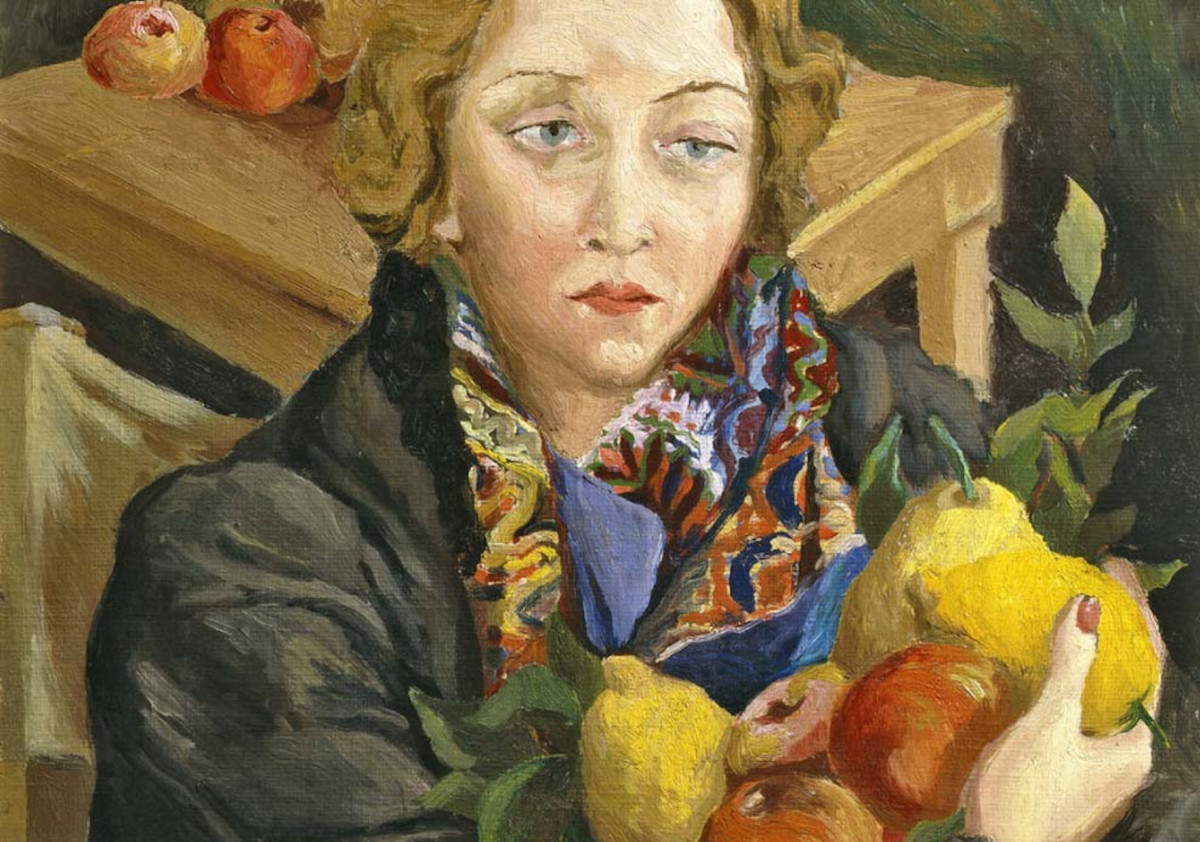From Sept. 11, 2025 to Jan. 11, 2026, the exhibition Guttuso, De Pisis, Fontana... Italian Expressionism will be on display in Vercelliat the Church of San Marco - Spazio ARCA. Promoted by Arthemisia and curated by Daniele Fenaroli, it inaugurates a five-year exhibition project born from the collaboration between Arca Arte Vercelli and the Giuseppe Iannaccone Foundation.
For the first time, 34 signicative works created between 1920 and 1945 and belonging to the historical core of the Giuseppe Iannaccone Collection will be presented together in a single exhibition. The intent is to awaken dormant memories, reread the past and consciously return to those moments that left a deep imprint on the collective imagination.
Among the artists on display are prominent names such as Renato Birolli, Renato Guttuso, Lucio Fontana, Fausto Pirandello, Aligi Sassu and Emilio Vedova. Artists who, along with others, distinguished themselves by maintaining an expressive autonomy, resisting the dominant cultural directives. Through personal artistic research, often courageous and unconventional, they chose to represent the fragility, loneliness and existential tension of man, opposing the official and celebratory languages of the time. Their works constitute an alternative narrative, populated by unbalanced bodies, disturbing still lifes, dreamlike urban scenarios and marginal figures immersed in a disarming everydayness, far from the prevailing rhetoric.
Among the works on display, some emblematic works ofItalian Expressionism stand out: Lucio Fontana’s Standing Nude (1939), Fausto Pirandello’s Composizione (Siesta Rustica) (1924-1926), Emilio Vedova’s Il Caffeuccio Veneziano (1942), Renato Birolli’s I poeti (1935), Angelo Del Bon’s Lo schermidore (1934) and Renato Guttuso’s Ritratto di Antonino Santangelo (1942).
The collaborative project aims to create a multidisciplinary dialogue, interweaving the works of the Giuseppe Iannaccone Collection with those of a young emerging artist (one for each edition) and with the evocative space of the Former Church of San Marco degli Eremiti. Each event will explore different themes, from literature to cinema, music to visual arts, involving experts and artists from different fields. The aim is to explore how creativity develops between different languages and how art can be enriched in the confrontation between past, contemporary and multiple forms of expression.
In this first edition, great Italian art of the early 20th century will be joined by three works by the young artist Norberto Spina (Milan, Italy, 1995), including a loan from the Royal Academy in London and unpublished and site-specific works conceived especially for the occasion. His approach, inspired by a reinterpretation of history, suggests a continuity in the way art can offer a personal and profound vision of reality. Just as the artists of the 1930s rejected the celebratory aesthetics of power, Spina also moves at the margins of collective memory, reinterpreting faces, gestures and atmospheres that seem to resurface from a forgotten archive.
Recovering images of the past and bringing them to light does not mean indulging in nostalgia: rather, it is a conscious act, a way of returning to crucial moments that have defined our collective consciousness. Spina invites us not to remain passive before the intense faces of Benito Albino Dassler (Mussolini’s unrecognized son) and Edda Mussolini. The former is portrayed with a lost, somber gaze, almost obliterated by the official narrative, returned to the present with a mute force that interrogates without speaking. The second emerges with full awareness of her role, but Spina restores its ambiguous force, avoiding any rhetoric. The artist does not investigate their biography, but rather the way in which the image of power continues to be reflected in our contemporary gaze. It is an invitation to read history not as a closed archive, but as a living, complex organism, traversed by tensions that are still relevant today. Art, today as yesterday, can become a voice for what remains unheard: a tool for questioning, remembering and consciously choosing.
Among the works that establish a dialogue with the past is Aligi Sassu’s The Battle of the Three Horsemen (1941), juxtaposed with Norberto Spina’s Presente (2024), which reworks a detail of the Redipuglia Shrine, commissioned by Mussolini in 1938. If Sassu, in the aftermath of his imprisonment and in the midst of the world conflict, relies on epic painting to denounce the absurdity of war without showing bloodshed, Spina, with a conceptual and minimal language, isolates a word engraved in stone to confront it with our time. On the one hand, the bodies of the knights express the loss of the individual and the annihilation of the human spirit; on the other, the mute monumentality of power continues to question us.
Hours: Wednesday through Sunday from 10 a.m. to 7:30 p.m.
Image: Renato Guttuso, Portrait of Mimise, detail (1938; oil on canvas-backed cardboard, 70.6 x 50 cm). Courtesy of Giuseppe Iannaccone Collection © Renato Guttuso, by SIAE 2025. Photo by Studio Vandrasch
 |
| Italian Expressionism from the Iannaccone Collection on display in Vercelli. Important collaboration kicks off |
Warning: the translation into English of the original Italian article was created using automatic tools. We undertake to review all articles, but we do not guarantee the total absence of inaccuracies in the translation due to the program. You can find the original by clicking on the ITA button. If you find any mistake,please contact us.